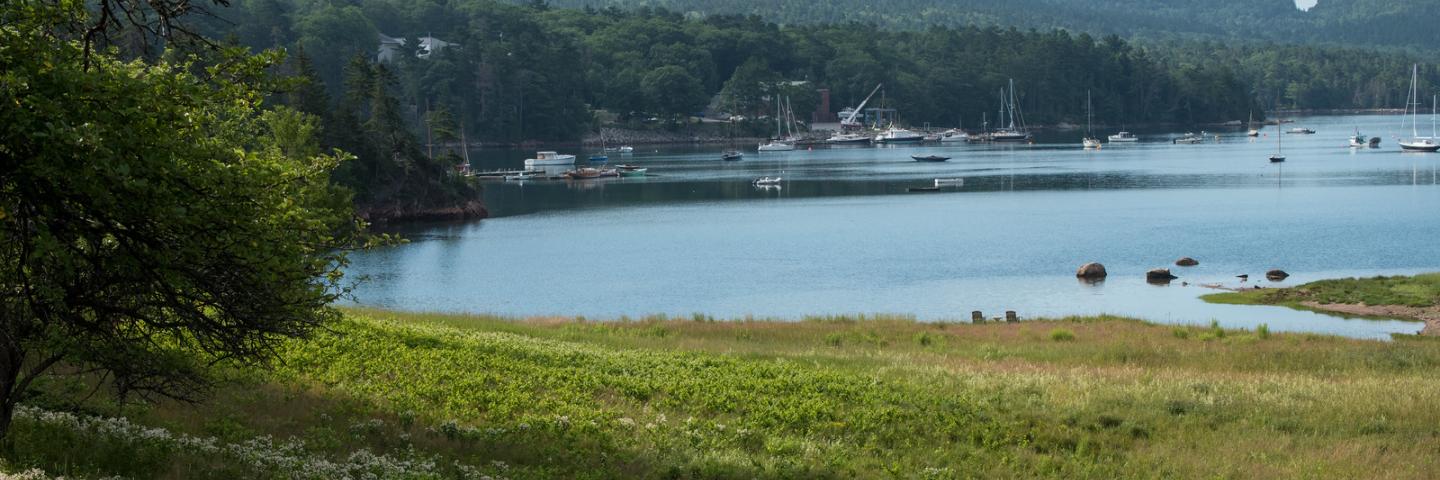
Press Release


Since 2010, the Great Lakes Restoration Initiative (GLRI) has served as a catalyst for unprecedented federal agency coordination to protect and restore the largest system of fresh surface water in the world.
America’s Great Lakes — Lake Superior, Lake Michigan, Lake Huron, Lake Erie and Lake Ontario — provide habitat for a variety of fish and other wildlife, and drinking water for more than 40 million people. The Environmental Protection Agency (EPA) partners with several federal agencies, including NRCS, to strategically target the biggest threats to the Great Lakes ecosystem and to progress toward achieving long-term restoration goals. Through GLRI, NRCS accelerates conservation efforts on private lands in targeted watersheds throughout the region, working with farmers and landowners to protect surface waters from runoff carrying excess sediment and nutrients, also to restore floodplains and wetlands.
See the current USDA NRCS GLRI Priority Watersheds maps.
GLRI funding is added to the regular funding that NRCS gets each year, for its Farm Bill conservation programs, in order to accelerate Great Lakes protection and restoration. Through Farm Bill conservation programs, NRCS provides technical and financial assistance to landowners, enabling them to make conservation improvements to their land. This assistance helps them plan and implement a variety of conservation practices, such as planting cover crops, adopting no-till, removing invasive plants and restoring wetlands.
NRCS, through the GLRI, targets watersheds that are expected to have the greatest impacts on improving water quality. As part of this effort, GLRI Phosphorus Priority Areas were jointly recognized by USDA-NRCS, EPA-Great Lakes National Program Office, U.S. Geological Survey, and the National Oceanic and Atmospheric Administration and are nested within larger GLRI Priority Watersheds.
GLRI funds are targeted to these Priority Watersheds to implement avoiding, controlling and trapping practices (e.g. nutrient management, drainage water management, cover crops, waste storage facilities, cover crops and residue) that reduce the amount of nutrient loss from agricultural lands.
Please see the latest GLRI Scorecard from the past year for the most recent accomplishments.
Matt Otto, GLRI Coordinator
Contact your local service center to start your application.
Do you farm or ranch and want to make improvements to the land that you own or lease?
Natural Resources Conservation Service offers technical and financial assistance to help farmers, ranchers and forest landowners.

To get started with NRCS, we recommend you stop by your local NRCS field office. We’ll discuss your vision for your land.
NRCS provides landowners with free technical assistance, or advice, for their land. Common technical assistance includes: resource assessment, practice design and resource monitoring. Your conservation planner will help you determine if financial assistance is right for you.
We’ll walk you through the application process. To get started on applying for financial assistance, we’ll work with you:
Once complete, we’ll work with you on the application, or CPA 1200.
Applications for most programs are accepted on a continuous basis, but they’re considered for funding in different ranking periods. Be sure to ask your local NRCS district conservationist about the deadline for the ranking period to ensure you turn in your application in time.
As part of the application process, we’ll check to see if you are eligible. To do this, you’ll need to bring:
If you don’t have a farm number, you can get one from USDA’s Farm Service Agency. Typically, the local FSA office is located in the same building as the local NRCS office. You only need a farm number if you’re interested in financial assistance.
NRCS will take a look at the applications and rank them according to local resource concerns, the amount of conservation benefits the work will provide and the needs of applicants. View Application Ranking Dates by State.
If you’re selected, you can choose whether to sign the contract for the work to be done.
Once you sign the contract, you’ll be provided standards and specifications for completing the practice or practices, and then you will have a specified amount of time to implement. Once the work is implemented and inspected, you’ll be paid the rate of compensation for the work if it meets NRCS standards and specifications.